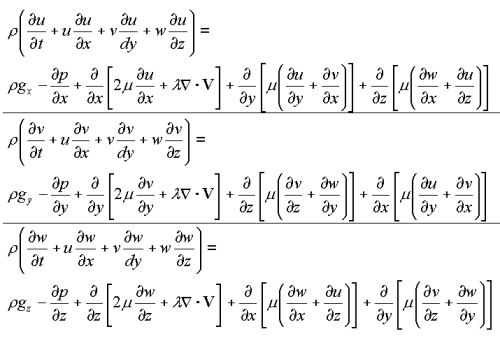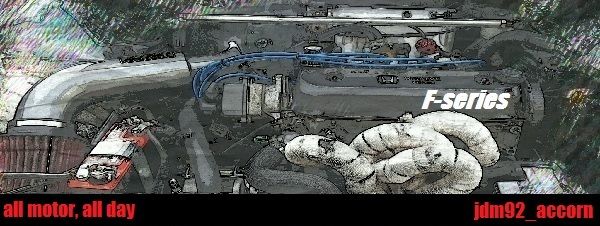For the next 6 weeks I will be looking into header design from an engineering point of view. I have my stock header still and my Feel's header that's on it so I have some good comparisons I can make. I will be actually measuring temperature and pressure deltas in the manifold at different RPMS for both headers and getting a generalized head loss factor for the whole header back system. I'm also going to be using the fluids lab at the university so I can be in a bit more of a controlled environment and hopefully I'll be able to make a decent correlation between the bench results and the real results. Then I'm going to some CFD modeling and try to find correlation that way. Then finally hopefully build a math model based of the exact Navier Stokes Equation for three dimensional flow of compressible fluids using all the data to try to optimize the design for a specific setup for a certain RPM range. It's for my Advanced Fluids Analysis class. Next semester I will actually be taking an advanced CFD course and I will continue the project then in more detail.
So with that said it would be awesome if somebody had a Bisi H22 header laying around who could take some measurements for that so I could model it too and see how the math model changes. I'm just getting into now so I still have to figure out my exact approach. If anyone knows of some useful scholarly information that could help feel free to throw it in here. My research starts tonight.
So with that said it would be awesome if somebody had a Bisi H22 header laying around who could take some measurements for that so I could model it too and see how the math model changes. I'm just getting into now so I still have to figure out my exact approach. If anyone knows of some useful scholarly information that could help feel free to throw it in here. My research starts tonight.








 .
.
Comment